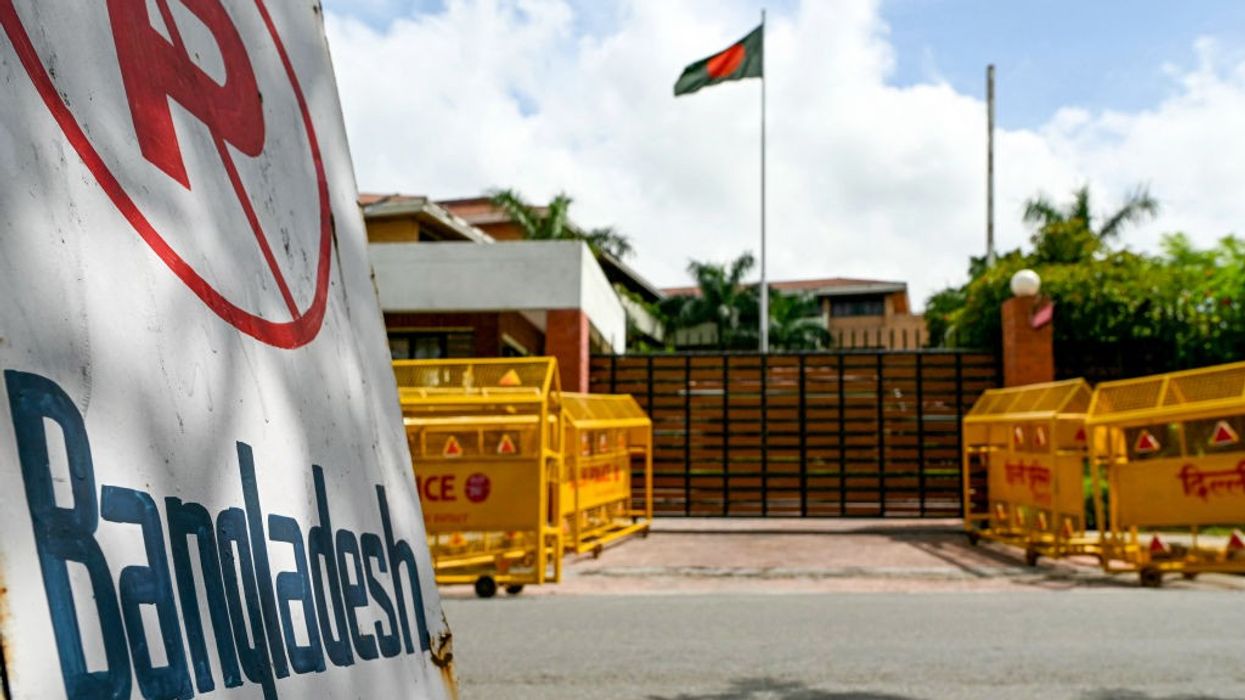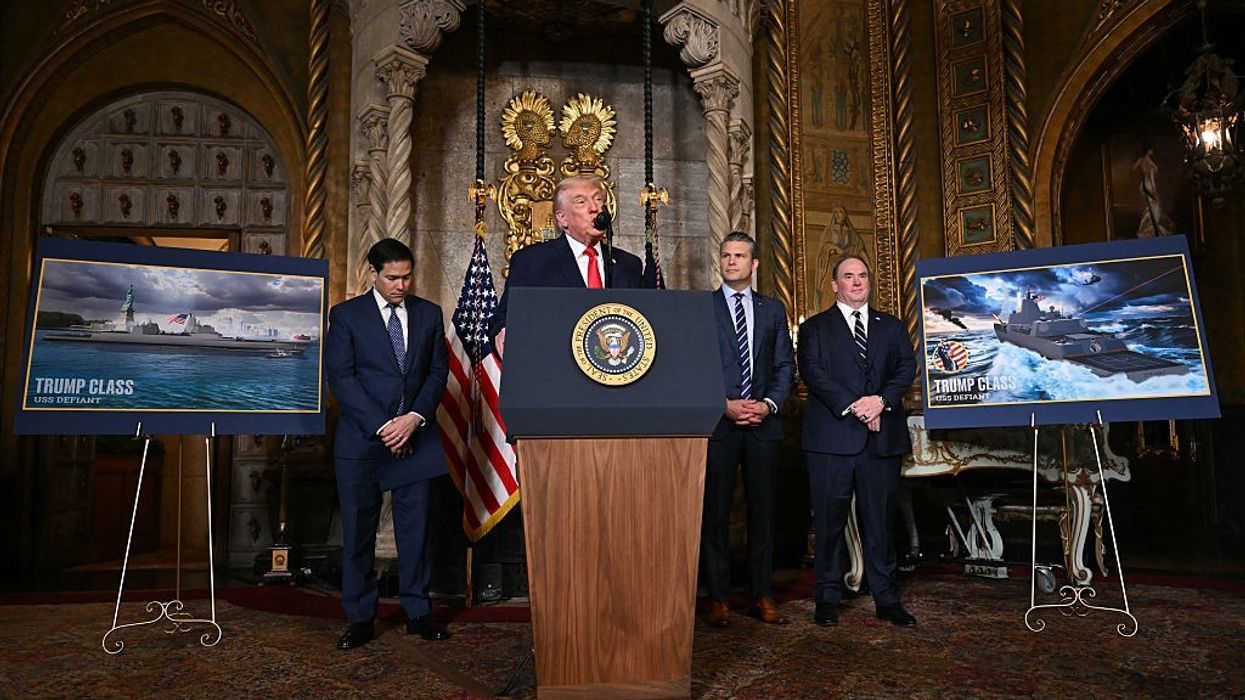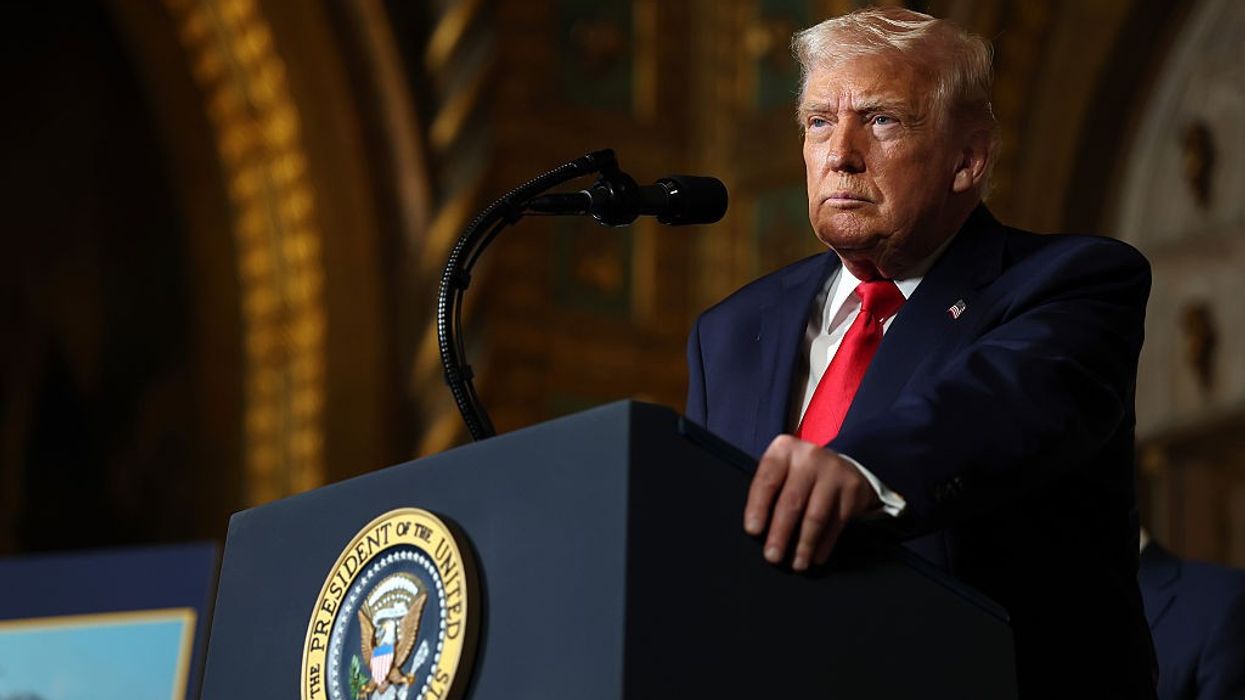The new USD 100,000 H-1B visa fee for fresh applications could change how Indian IT companies operate in the United States. According to Motilal Oswal Financial Services, if a company were to apply for 5,000 H-1B visas in FY27, it would end up paying around USD 500 million (5,000 × 100,000) just in fees.
The H-1B visa is one of the most popular work visas for skilled foreign workers, especially in the technology sector. Every year, the U.S. government issues 65,000 regular H-1B visas and an extra 20,000 visas for applicants with advanced US degrees. Most of these visas go to Indian tech workers, who account for more than 70 per cent of H-1B holders.
Effects on the IT sector of US
Until now, applying for an H-1B visa has cost between USD 2,000 and USD 5,000, depending on the employer’s size and other requirements. The 20-50x jump in costs from FY27 onwards is expected to make companies rethink their hiring plans.
Motilal Oswal suggests that instead of paying such huge sums, many Indian IT companies may choose to hire more local talent in the US or move more work offshore to India, where operating costs are lower. This shift could reduce on-site revenues but also cut down on expensive US-based staffing costs, which might improve profit margins over time.
Visa applications for FY26 are already completed, so the new fee will only impact applications made for FY27 and beyond. The report also points out that Indian IT companies have already been reducing their dependence on H-1B visas for the past decade by hiring locally in the US and building delivery centres closer to their clients.
While this change may not have a big immediate impact, analysts say it could slow the growth of on-site operations and push companies to adjust their long-term strategies. The fee hike is also expected to face legal challenges in US courts, so there is still uncertainty over whether it will remain in its current form.
"If an IT company were to apply for 5,000 H-1Bs in FY27, the annual fee alone would amount to USD 500 m (5,000 x USD 100,000). Given the magnitude of this fee, it is likely that Indian IT companies will avoid new H-1B filings altogether, opting instead to expand offshore delivery or increase local hiring," the firm said.
If new H-1B filings “vanish,” on-site revenues are likely to decline—but so will on-site costs. This shift could potentially improve operating margins, as offshore work is structurally more profitable. The net effect on earnings per share could be neutral in the medium term, though topline growth may slow, Motilal Oswal added.
Policy worth a risk?
On the risk outlook, the firm noted that the fee hike order is likely to be challenged in US courts and may not survive in its current form.
Over the last decade, Indian IT vendors have steadily reduced their reliance on H-1B visas.
"With localization drives in the US and higher local hiring, only about 20 per cent of employees are currently based on-site. Of this, 20-30 per cent are on H-1B visas, implying that H-1B holders represent just 3-5 per cent of the active workforce for a typical vendor," it observed.
Although the H-1B program is often seen as an “India IT” visa channel, big tech companies—including Google, Amazon, Microsoft, Meta, and others—account for a larger share of fresh applications than Indian IT firms. For IT vendors, localization and subcontracting are already part of their delivery models, putting them in a relatively better position to adjust.
Clarification from the administration
On Monday (22), Nasscom welcomed the US clarification that the H-1B visa fee hike will not affect current visa holders and will apply only as a one-time fee to fresh petitions. This clarification eased immediate concerns regarding eligibility and timelines.
It also alleviated fears about business continuity for H-1B holders currently outside the U.S., according to the industry association.
Further, Nasscom noted that Indian and India-centric companies in the US have already reduced their dependence on H-1B visas and are stepping up local hiring. "Given this, we anticipate only a marginal impact for the sector," the apex industry body said.
"Moreover, with the fee being applicable from 2026 onward, it gives companies time to further step up skilling programmes in the US and enhance local hiring," it added.
The industry is spending over USD 1 billion annually on local upskilling and hiring efforts in the U.S., leading to a significant rise in local hires.
As per available data, H-1B visas issued to leading Indian and India-centric companies fell to 10,162 in 2024 from 14,792 in 2015. Nevertheless, Indian tech professionals still account for over 70 percent of all H-1B holders.
According to USCIS data for FY2025 (as of June 30, 2025), Amazon topped the list of H-1B visa approvals with 10,044 approvals. Among the top ten beneficiaries were TCS (5,505), Microsoft Corp (5,189), Meta (5,123), Apple (4,202), Google (4,181), Cognizant (2,493), JP Morgan Chase (2,440), Walmart (2,390), and Deloitte Consulting (2,353). The top 20 list also included Infosys (2,004), LTIMindtree (1,807), and HCL America (1,728).
The US Congress-mandated cap allows 65,000 regular H-1B visas per year, with an additional 20,000 reserved for applicants holding advanced degrees from US institutions.
The Indian IT industry breathed easier on Sunday after the US government clarified that the H-1B visa application fee hike to USD 100,000 applies only to new applicants and does not affect existing visa holders or renewals. Currently, the H-1B visa fee ranges from about USD 2,000 to USD 5,000 depending on the employer’s size and other costs.
No immediate impact on the sector
While many industry experts said they foresee no immediate impact over the next 6–12 months—as the hike applies only to the next application cycle—others cautioned that there could be a delayed effect, forcing IT companies to reassess their business strategies if the rule stays in place.
Sajai Singh, Partner at JSA Advocates and Solicitors, stated that while the immediate shock has eased, it is “just giving more time for the reality to set in.”
"The clarifications tweak the applicability to new H-1B visa applicants, not existing visa holders or renewals. This means current H-1B holders can exit and re-enter the US freely without paying the fee; as the fee will apply to the upcoming H-1B lottery cycle. However, Indian IT companies that rely heavily on H-1B visas will still face significant cost increases, potentially disrupting business models and revenue streams," Singh said.
Eventually, the focus will return to hiring more local talent in the US to reduce dependence on H-1B visas.
"Net-net, there may be a slight delay in the impact. But the impact will be there, requiring reassessment of business strategies. Yes, the immediate shock has slightly diluted, and so it seems like a huge relief. It's just giving more time for the reality to set in," Singh added.















